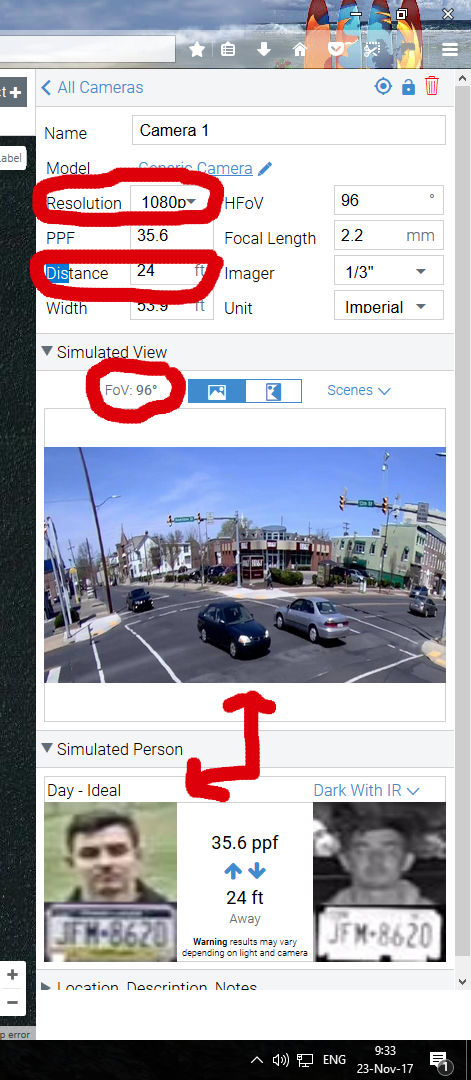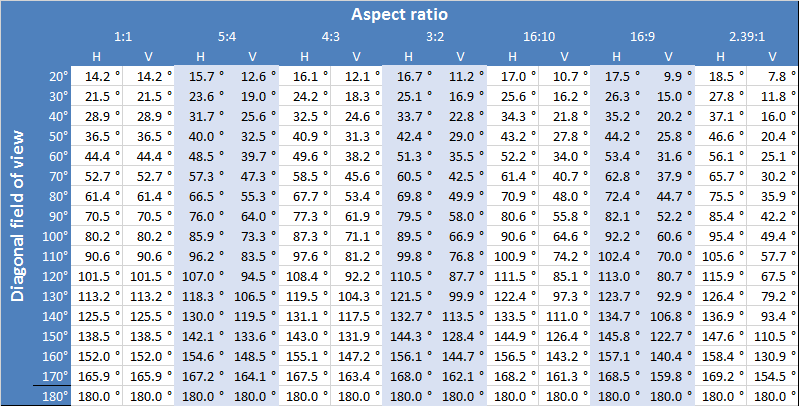c4rc4m
Well-Known Member
- Joined
- May 28, 2016
- Messages
- 777
- Reaction score
- 258
- Country
- United Kingdom
- Dash Cam
- Viofo WR1, A119 Pro. VicoVation Opia 2, Mobius 1
Found an interesting tool quite by accident, that's meant for CCTV use (to enable you to select the correct camera and lens for your needs).
We've had many a discussion on here about this (a few heated ), so I found this interesting as it shows the relationship between Resolution, FOV, Distance, Readability of number plates (it has a guy holding a numberplate and simulates the blur (presumably based on a series of real life pictures) at different distances / resolutions, FOV's, as well as showing a picture simulating the FOV for any given lens:
), so I found this interesting as it shows the relationship between Resolution, FOV, Distance, Readability of number plates (it has a guy holding a numberplate and simulates the blur (presumably based on a series of real life pictures) at different distances / resolutions, FOV's, as well as showing a picture simulating the FOV for any given lens:
https://calculator.ipvm.com/
Click add a camera to get going then have a play.
In my experiments with the tool, a 1080P camera at 20 feet, couldn't read a number plate satisfactorily with more than a 90 degree lens.
This may confirm some of the discussion we've had in the past and may also explain why so many of us struggle to read plates given that the average 1080P dashcam has a lens @140 degrees or more.

We've had many a discussion on here about this (a few heated
https://calculator.ipvm.com/
Click add a camera to get going then have a play.
In my experiments with the tool, a 1080P camera at 20 feet, couldn't read a number plate satisfactorily with more than a 90 degree lens.
This may confirm some of the discussion we've had in the past and may also explain why so many of us struggle to read plates given that the average 1080P dashcam has a lens @140 degrees or more.

Last edited:

